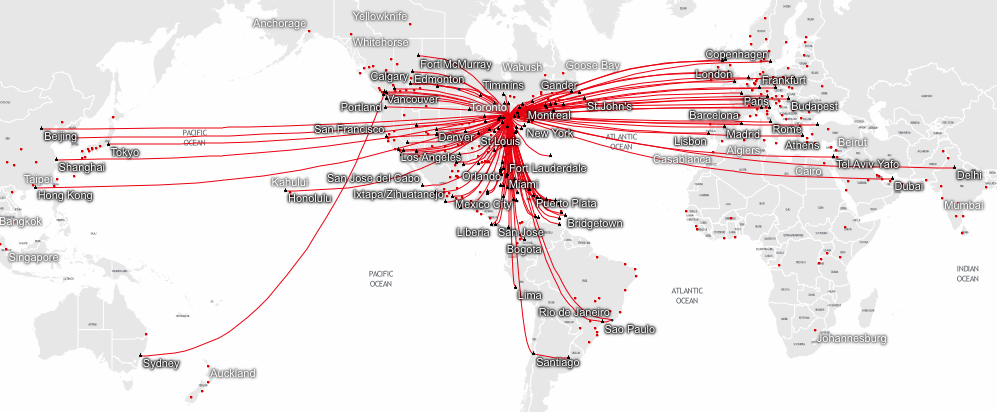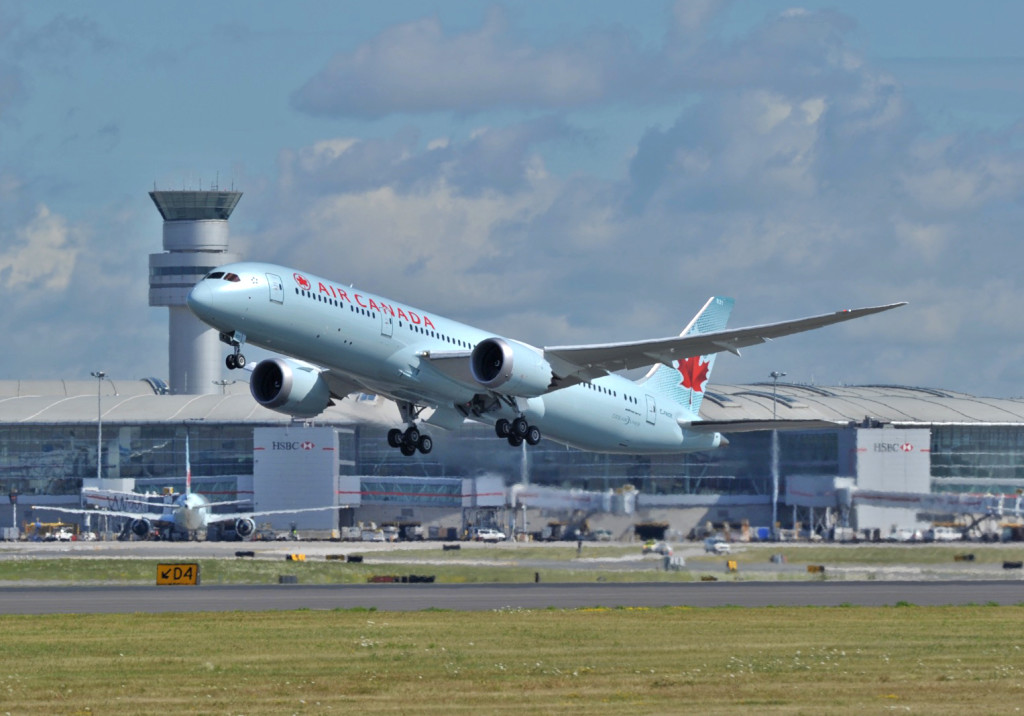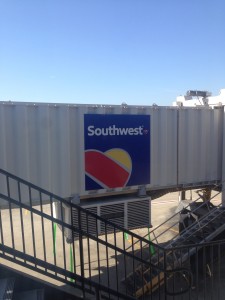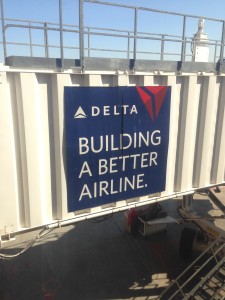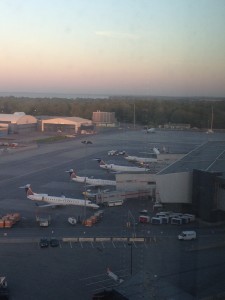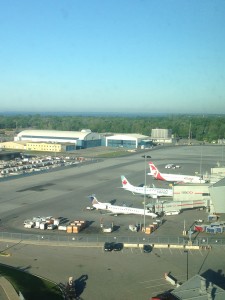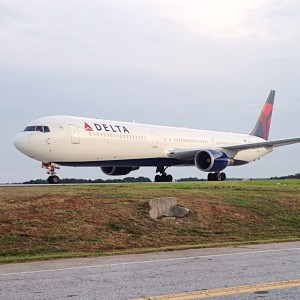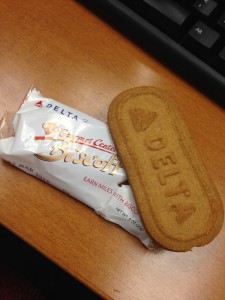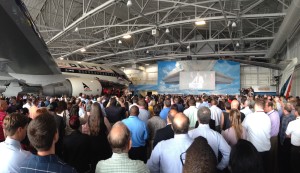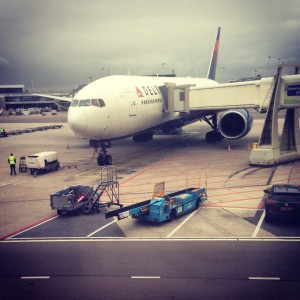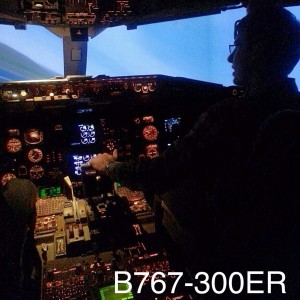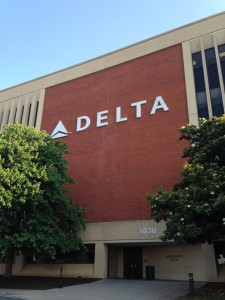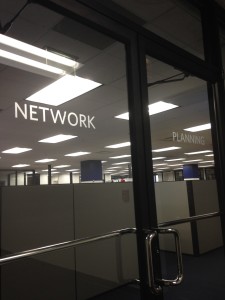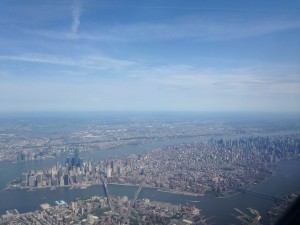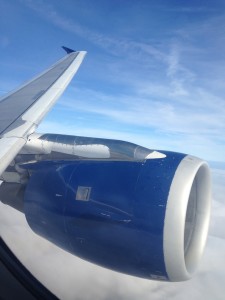Airlines are constantly looking to grow their route network. They do multiple evaluations in order to know if a route will be profitable in the long term or not. Airlines use many programs and tools such as Diio to perform a route study. Diio is an aviation business intelligence data that is used by more than 400 airlines in the world.
Diio collects data such as fares, routes, airlines, and connections. Airlines using Diio can determine how many passengers are traveling each day (including connections) between Daytona Beach and New York-JFK for example. There is only one daily flight between DAB and JFK (operated by JetBlue) but passengers also travel on other airlines between these two cities. You might have a passenger that has a frequent flyer status with American Airlines and will decide to fly on American with a connection in Charlotte. From a large collection of database, airlines can see the city in which each passenger connected, the airline they flew on, and the average fare they paid for the leg.
An airline will definitely not start a route and fly a Boeing 777 where there are only a few passengers traveling every day between point A and B. It would simply not make any sense to operate an aircraft of such capacity.
Airlines can predict revenue and profitability of a route depending on different times of the day. If the flight is scheduled at a time of the day where there are no possibility of connections to other cities, than the airline might not do as good as a flight that is timed for inbound and outbound connections.
I hope you learned a little more on airlines today!
Until next time,
Nicolas
Contact the author at berniern@my.erau.edu


